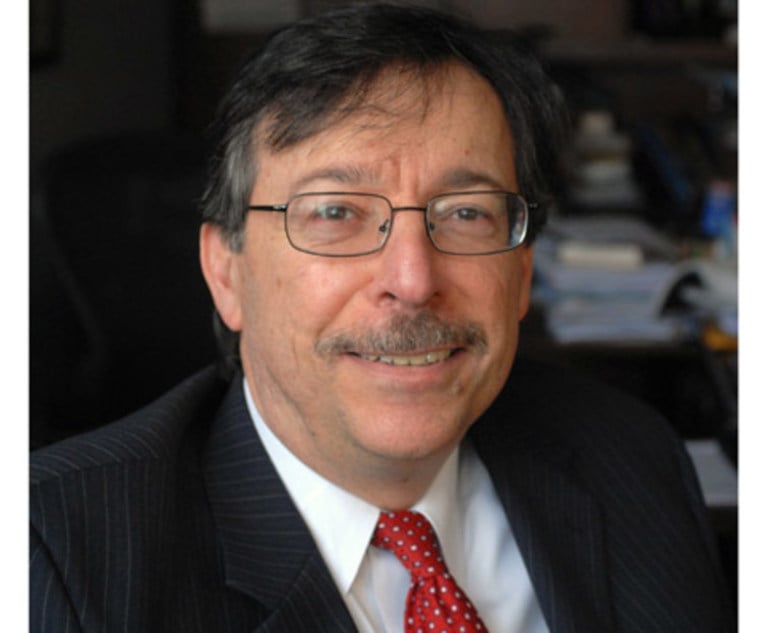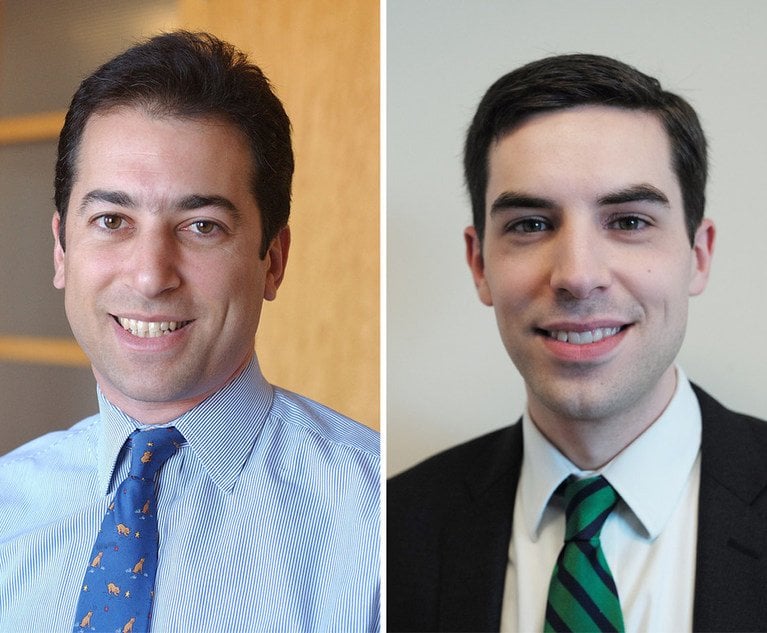A recent decision from the U.S. Court of Appeals for the Second Circuit has at least temporarily stifled the potential expansion of “scheme liability” under the federal securities laws. In SEC v. Rio Tinto, 41 F.4th 47 (2022), the SEC had hoped to salvage a 2017 enforcement action against a company, its CEO, and its CFO, pursuant to two federal securities laws—Rule 10b-5(a) and (c), promulgated under §10(b) of the Securities Exchange Act of 1934, and §17(a)(1) and (3) of the Securities Act of 1933. Separate subsections in those statutes, which the court noted largely mirror each other, make it illegal either to (1) make an untrue statement or omit a material fact or (2) employ a scheme to defraud, in connection with the purchase or sale of a security.
At one time, courts—including the Second Circuit in Lentell v. Merrill Lynch & Co., 396 F.3d 161 (2005)—consistently held that a false statement or omission, without more, could trigger liability only under the misstatements/omission subsections of the ’33 Act and the ’34 Act, not the scheme-liability subsections. Alleging something more, such as price rigging, a matched order, or similar conduct, was necessary to qualify for scheme liability.


 Mark D. Harris and Margaret A. Dale
Mark D. Harris and Margaret A. Dale




